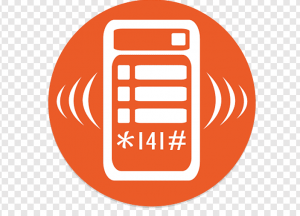ForumIAS announcing GS Foundation Program for UPSC CSE 2025-26 from 19 April. Click Here for more information.
Source-This post on Unstructured Supplementary Service Data (USSD) is based on the article “DoT asks telcos to suspend USSD-based call forwarding, switch to alternate mode from Apr 15” published in “The Economic Times” on 29th March 2024.
Why in the News?
The Department of Telecom has directed telecom operators to deactivate USSD-based call forwarding by April 15 and transition to alternative methods for reactivation.
The DoT noted that USSD-based call forwarding, particularly the *401# service for unconditional call forwarding, is being misused for inappropriate activities.
What is Unstructured Supplementary Service Data (USSD)?

1. About– It is a communications protocol utilized in Global System for Mobile Communications (GSM) networks for sending short text messages. USSD is similar to Short Message Service (SMS).
2. USSD format:
a. A USSD message usually begins with either an asterisk (*) or a hash symbol (#) and ends with a hash symbol (#).
b. These messages consist of digits for commands or data, often separated by additional asterisks.
c. USSD messages can contain up to 182 alphanumeric characters.
3. Advantage over SMS– In contrast to SMS messages, USSD establishes a real-time connection throughout a session, enabling a two-way exchange of data sequences. This real-time connection makes USSD faster than SMS-based services.
4. Applications:
a. Wireless Application Protocol (WAP) browsing, mobile money services, prepaid callback service, menu-based information services, and location-based content services.
b. It is used to show balance deductions on mobile phones, with a notification appearing on the screen after a call or outgoing SMS.
c. It is also employed for checking IMEI numbers of mobile devices.
UPSC Syllabus- Science & Technology




